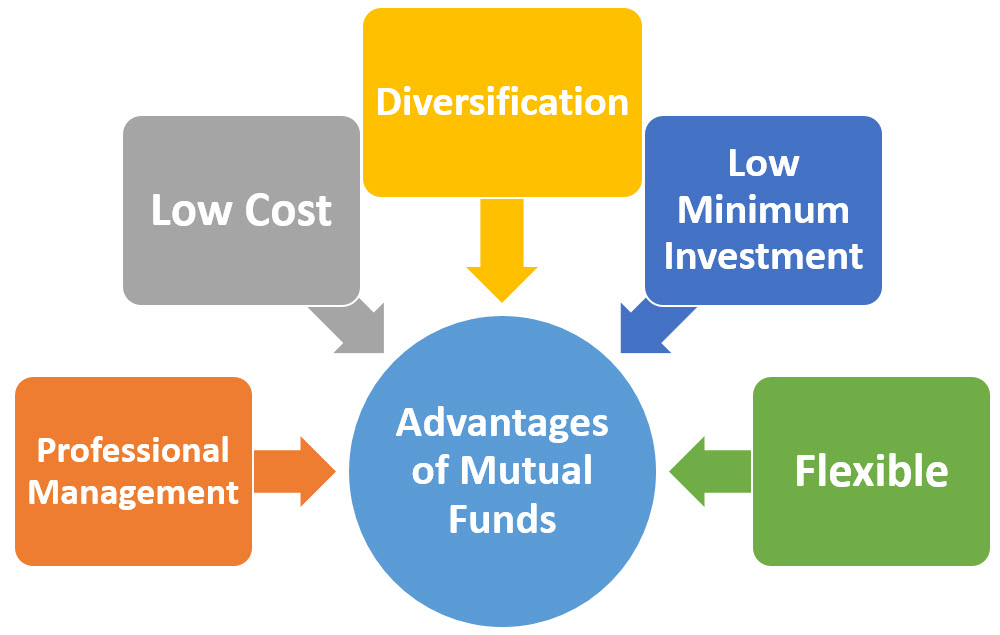Investing In Mutual Funds Professional Management For Individual Investors
Mutual funds have become a popular investment option for individuals looking to grow their wealth over the long term. These funds offer a diversified approach to investing, which can mitigate risk and maximize returns. But with so many mutual funds available, how do you choose the right one?

One helpful tool in selecting a mutual fund is the fund's rating. Ratings are assigned by independent agencies that evaluate a fund's historical performance, management, and other key factors. In this post, we'll explore how to use mutual fund ratings to make successful investments.
Definition
A mutual fund rating is an evaluation of a fund's past performance and other factors that may impact future performance. Ratings are typically assigned by independent agencies, such as Morningstar, that analyze a fund's returns, management, fees, and other factors. Funds are typically rated on a scale of one to five stars, with five stars indicating superior performance and management.
How to Use Mutual Fund Ratings
When selecting a mutual fund, it's important to consider the fund's rating. Here are some tips for using ratings to guide your investment decisions:
- Look for funds with a rating of four or five stars. These funds have a strong track record of outperforming their peers and are often managed by experienced professionals.
- Consider the fund's objectives and whether they align with your investment goals. A fund with a high rating may not be the best fit for you if its investment objectives don't align with your personal financial goals.
- Review the fund's historical returns and compare them to other funds in its category. Look for consistent performance over several years, as opposed to a one-time spike in returns.
- Consider the fund's fees and expenses, as these can eat into your returns over time. While a high-performing fund may have higher fees, its returns should still justify the cost.
- Don't rely solely on ratings when selecting a fund. Ratings are just one factor to consider when making investment decisions, and you should also consider your own risk tolerance, time horizon, and other personal factors.
Tips for Successful Investing Using Mutual Fund Ratings
Now that you know how to use mutual fund ratings, here are some additional tips for successful investing:
- Diversify your holdings. Investing in a variety of mutual funds, as well as other asset classes, can help mitigate risk and maximize returns.
- Invest for the long term. Mutual funds are designed for long-term growth, so avoid the temptation to constantly switch between funds in response to short-term fluctuations in the market.
- Rebalance your portfolio periodically. Over time, your investment mix may become skewed towards certain asset classes or funds. Rebalancing your portfolio periodically can help ensure you're maintaining a diversified approach to investing.
- Consult with a financial advisor. A qualified financial advisor can help you develop a personalized investment strategy that aligns with your individual goals and risk tolerance.
By following these tips and using mutual fund ratings as a guide, you can make successful investments that help grow your wealth over the long term.
Investing in mutual funds can be a great way to grow your wealth over the long term, but it's important to choose the right funds for your individual needs. By using mutual fund ratings to guide your investment decisions, as well as following some additional tips for successful investing, you can build a portfolio that maximizes returns and minimizes risk.


Post a Comment for "Investing In Mutual Funds Professional Management For Individual Investors"